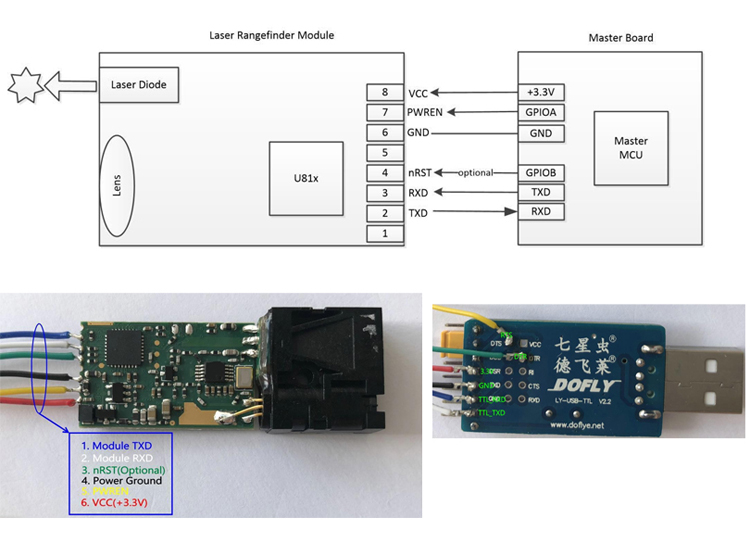Key points of autumn management of kiwi orchard
At present, it is the key period for the formation of kiwifruit quality. So, what management measures should the fruit farmers do to improve the quality and yield of kiwifruit? On August 12, the reporter interviewed Zhao Yingjie, senior agronomist, deputy director of the Eye Industry Center of Shaanxi Province. To this end, he made the following recommendations for the majority of fruit farmers:
Water management Because of the concentrated rainfall in autumn, the drainage of the park is extremely important. Fruit farmers should check the water accumulation at any time, dredge the ditch, and reduce damage to the root system due to water accumulation, high temperature and humidity. Especially in the early autumn, if the temperature reaches 35 °C or above, and the dry hot air produced by the dry climate often causes the leaves of the kiwi fruit to dry up and the fruit is burned, so in the high temperature and drought, watering and moisturizing should be carried out.
Pest Control After the fall, the main pests and diseases of kiwifruit are soft rot, gray mold, scorpion, leaf stalk, etc. If the control is not timely, it will not only cause defoliation, fruit drop, but also cause disease during harvesting and storage. Therefore, fruit farmers should promptly use the disease according to the occurrence of pests and diseases. According to the symptoms, the disease is controlled by a triazole fungicide, 80% methyl thiophanate WP 1000 times liquid, procymidone and the like. Insect pests can be controlled with 2,500 times of cyhalothrin or 1500 times of beta-cypermethrin, and the effect of alternate use is better.
In the orchard weeding, the rainfall in autumn is gradually increasing. The majority of fruit farmers should control the grass or weeds in the orchard, and weeding in time to increase the permeability of the orchard and reduce the humidity. At the same time, it is also conducive to reducing the occurrence of pests and diseases. The cut grass can be covered with a tree tray, which increases the organic matter of the orchard after rot, improves the soil aggregate structure, and enhances the soil's ability to retain fertilizer and water.
Disclaimer: Some articles on this website are transferred from the Internet. If legal rights of third parties are involved, please inform this website. phone
New product of U85 micro laser distance sensors use highly focused class 2 laser to detect objects or measure distances, and can return a measured value via varieties intface( serial, usb, rs232, rs485, bluetooth etc.). The electronic distance sensor is a very small Laser Distance Sensor, but high resolution up to 1mm and long distance measuring sensor - teachable measuring range of up to 30m. Extremely accurate distance sensing sensors, errors down to ± 1mm. And the mini sensors and measurements support continuous measurement function, great for compact solutions(eg: robots) with the smallest Laser Distance Sensor of the world!

Parameters of U85:
Accuracy
±1 mm (0.04 inch)
Measuring Unit
mm
Measuring Range (without Reflection)
0.03-20m/0.03-30m
Measuring Time
0.1~3 seconds
Laser Class
Class II
Laser Type
620nm-690nm, <1mW
Size
41*17*7mm (±1 mm)
Weight
About 4g
Voltage
DC2.0~3V
Electrical Level
TTL/CMOS
Certifications
CTNT, FDA, CE, FCC, RoHS, etc.
Operating Temperature
0-40 ℃ (32-104 ℉ )
Storage Temperature
-25~60 ℃ (-13~140 ℉)
Mini Laser Distance Sensor,Optical Laser Distance Sensor,Smallest Laser Range Sonsor,Laser Measuring Sensor
Chengdu JRT Meter Technology Co., Ltd , https://www.jrt-measure.com